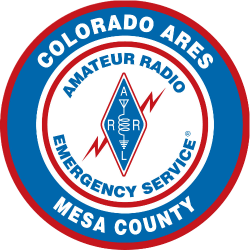The Amateur Radio Emergency Service was created in 1935 to give members of the newly-created American Radio Relay League an organization to use their skills and dedication to provide public service and emergency communication to the public. Back in the days before cell phones (or even widely-distributed land lines), ARES provided the first organized group of hams to assist in local, regional and national disasters. Now, our ARES groups are on the leading edge of technology, using analog, digital and satellite communication. Where do we go from here, now that most disaster communications are being provided by Internet and satellite capabilities? Will ARES still be around in another 90 years? That depends on us — radio will always fit into the PACE (primary, alternate, contingency and emergency) plan, so we need to continue to equip ourselves mentally and physically to be a part of the emergency communications ecosystem of the future. We need to continue to improve and learn, but we also need to bring young hams into the fold. Do your part to promote amateur radio, the ARRL and ARES today.

